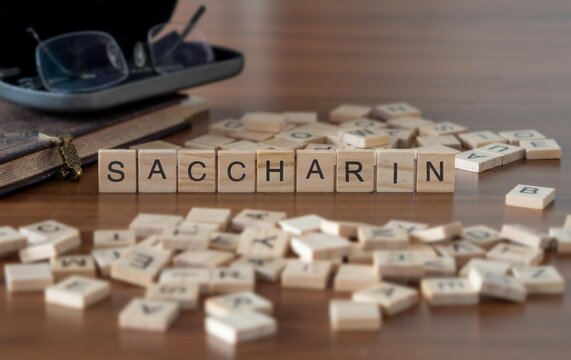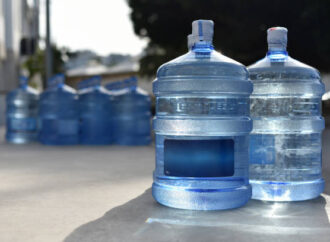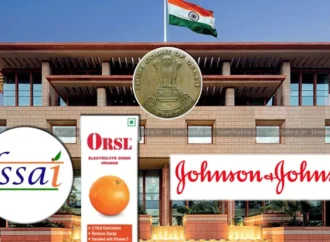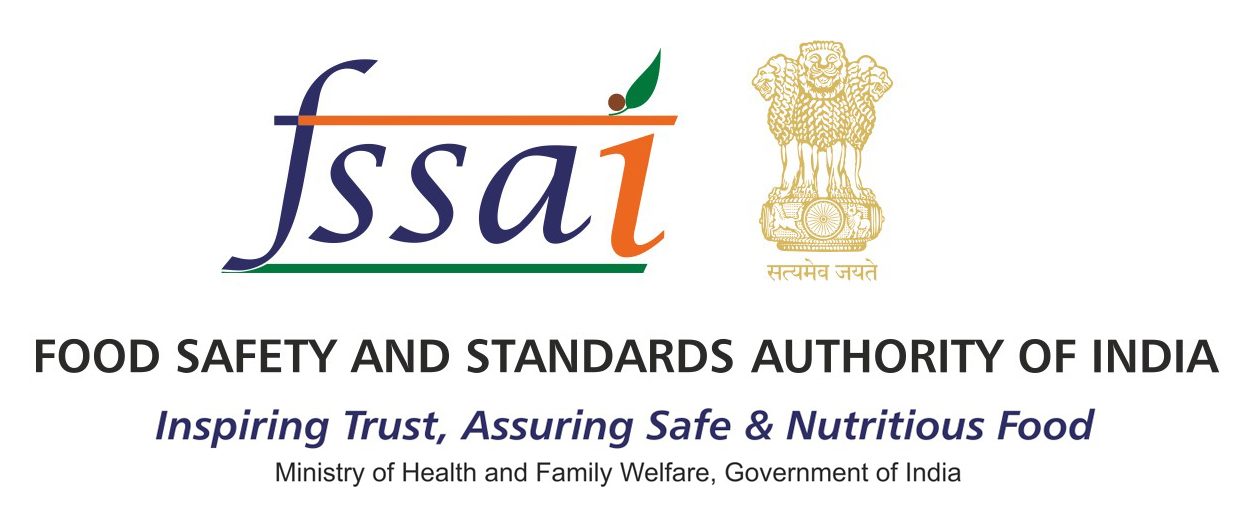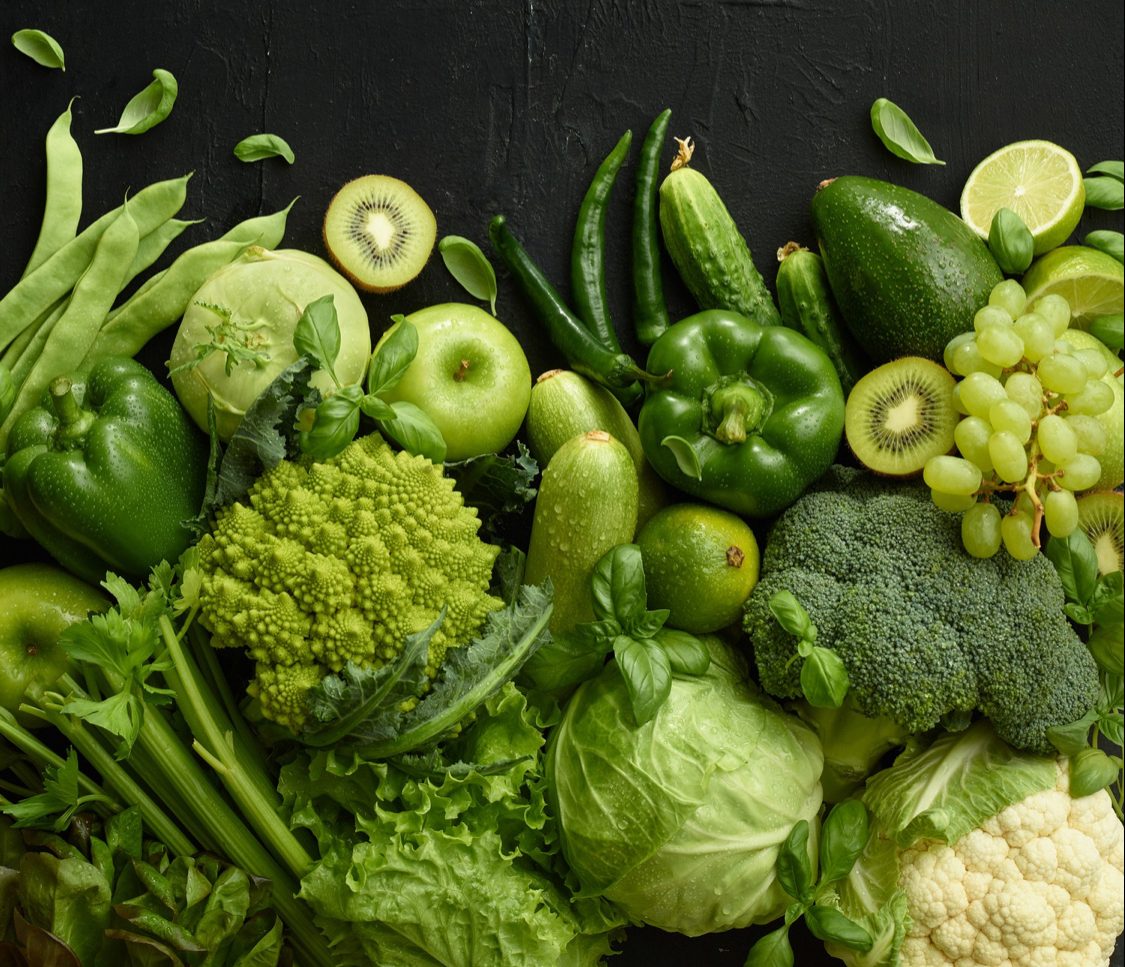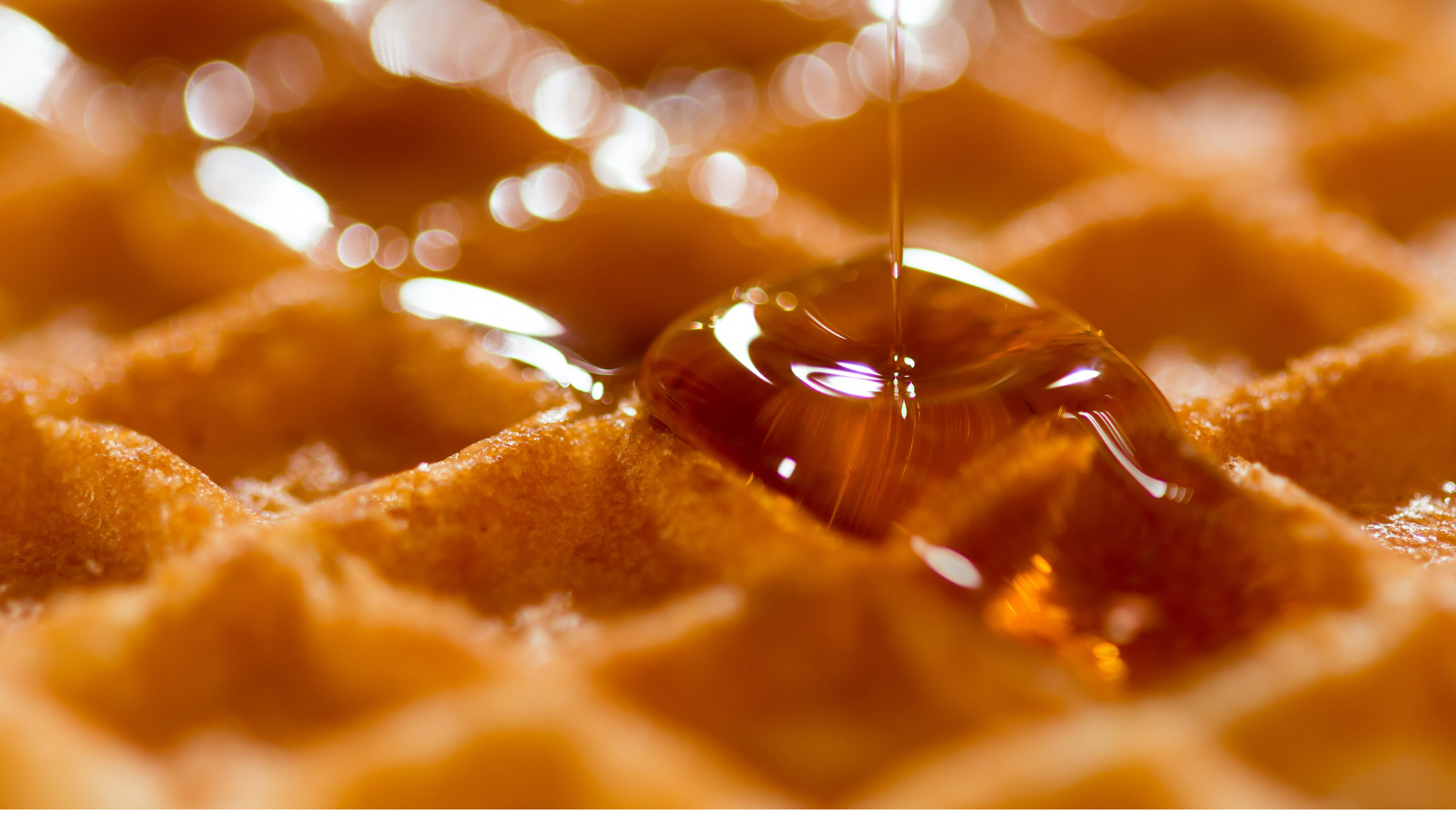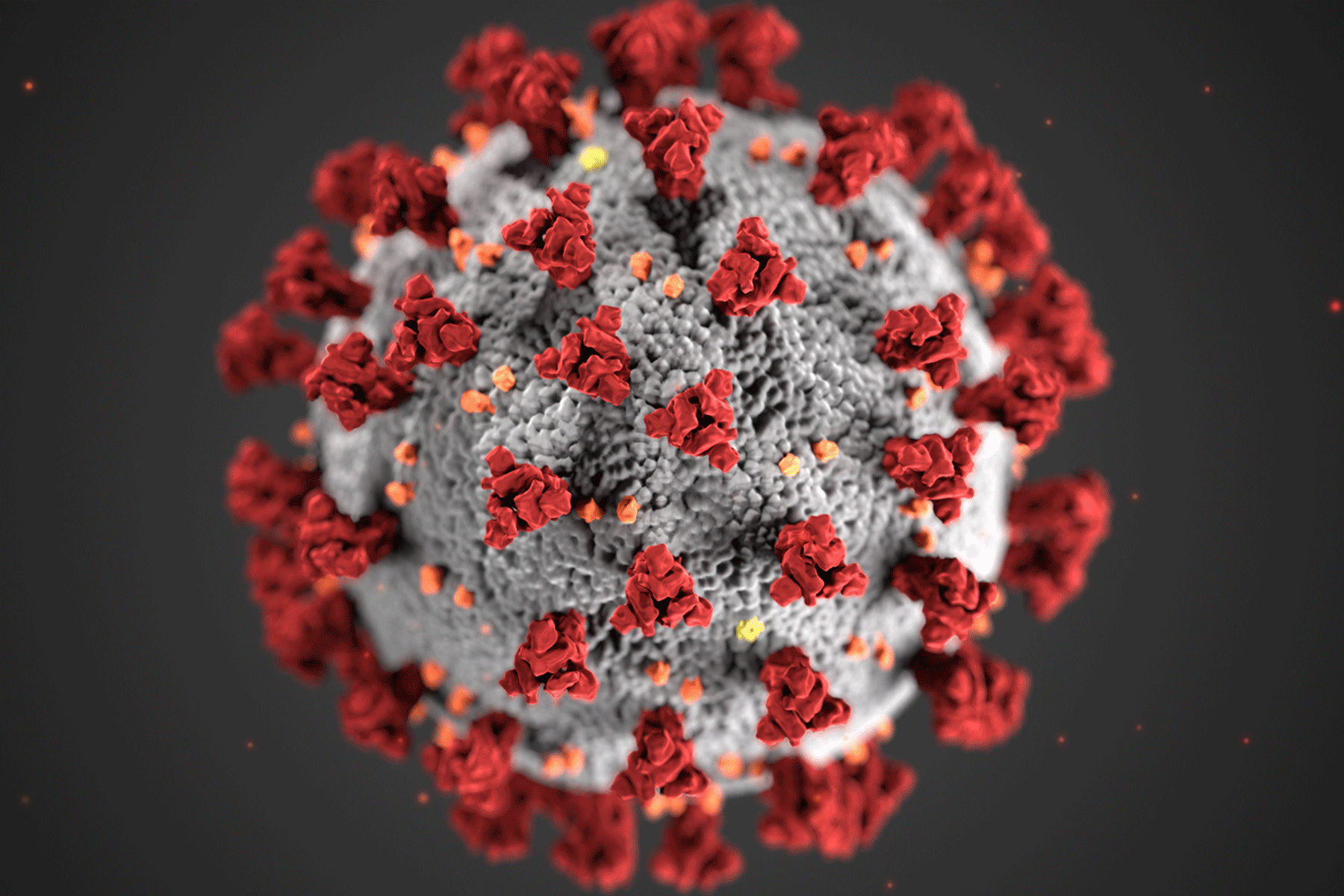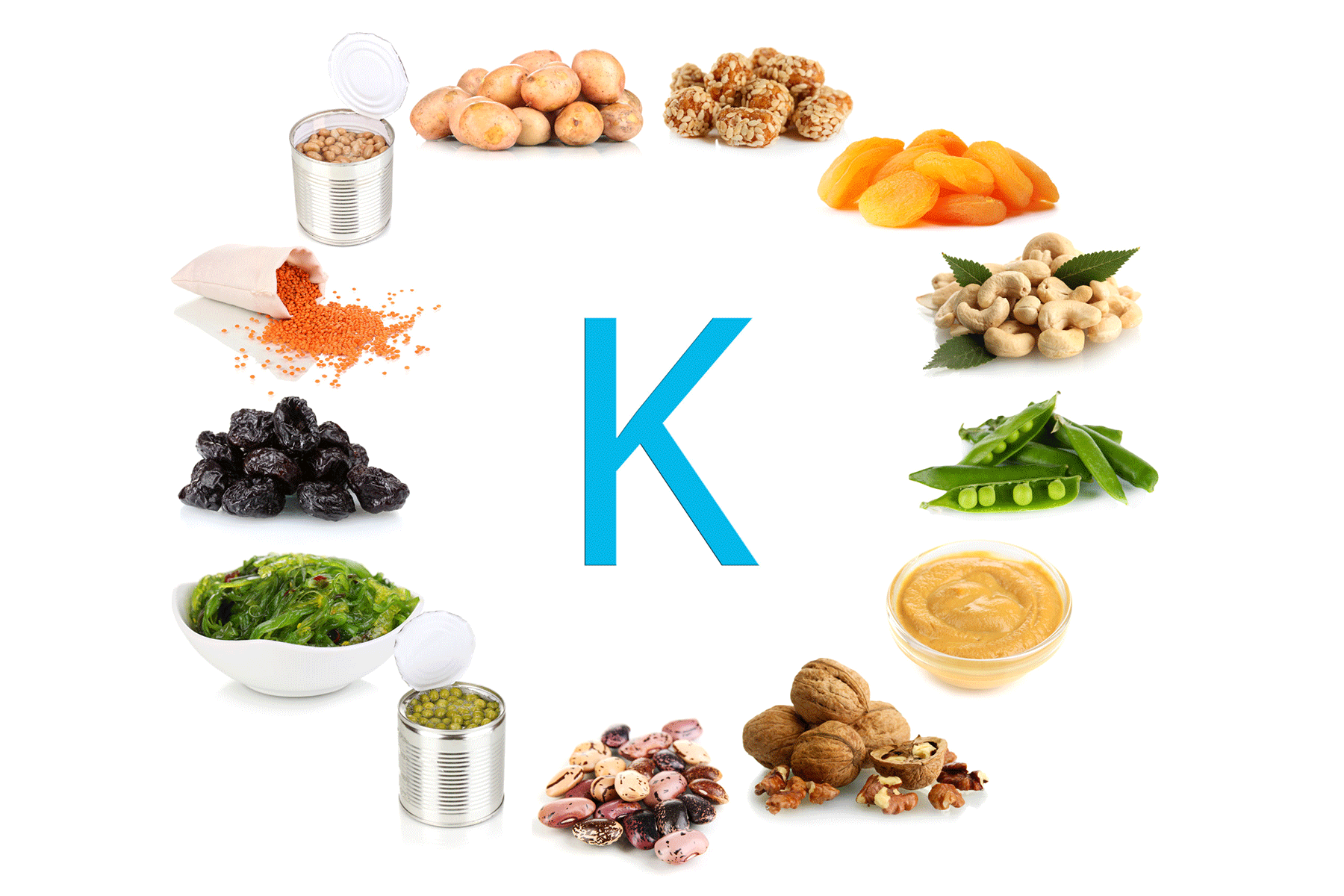Have you ever grabbed a diet soda or a sugar-free sweetener and felt proud for skipping sugar? Many people do! For decades, companies have added artificial sweeteners to drinks and foods to offer sweetness without calories. One of the oldest and best-known of these is saccharin. Recently, saccharin has been in the news again after a study linked high intake of diet drinks sweetened with it to an increased risk of diabetes. So, should you be worried? Let’s break it down simply.
What is Saccharin?

Saccharin is an artificial sweetener that has been around for over a century. It was accidentally discovered in 1879 by a chemist working in a laboratory at Johns Hopkins University in the United States. While working with coal tar derivatives, he happened to taste something sweet on his hand, and that unexpected sweetness led to the birth of saccharin! Today, this sweetener is made in factories through a safe chemical process using ingredients like toluene, which comes from petroleum. Chemists carefully control the steps and purify the final product to ensure it is safe to use in foods and drinks.
What makes saccharin special is that it is 300 to 500 times sweeter than regular sugar, which means only a tiny amount is needed to sweeten foods or drinks. Unlike sugar, your body does not digest saccharin or use it for energy. Instead, it passes through your system without adding any calories. This zero-calorie property makes it very popular among people who want to enjoy sweet foods and drinks without the extra sugar or calories. Over the years, saccharin has found its way into many products like diet sodas, sugar-free desserts, chewing gum, toothpaste, and even some medicines.
Where Do You Find Saccharin?
In India, saccharin is approved as a food additive, and you may see it on labels as INS 954 or E954. Saccharin is used in many low-calorie or sugar-free products, such as:
- Diet soft drinks (some brands still use it in India and abroad)
- Tabletop sweeteners (the packets people add to tea or coffee)
- Chewing gum
- Toothpaste and mouthwash (because it adds sweetness without feeding bacteria)
- Some canned fruits and desserts
- Certain medicines, especially syrups
Why Do Companies Use Saccharin?
Companies love using saccharin because it offers many practical benefits that help them make popular sugar-free products at a lower cost. However, saccharin can sometimes leave a slight bitter or metallic aftertaste. To fix this, companies often mix it with other sweeteners like aspartame or sucralose to create a more pleasant, balanced taste. It’s especially handy for people who want sweetness without extra calories. Some key reasons why saccharin is used:
-
It’s cheap compared to natural sweeteners like stevia or honey.
-
It has zero calories, which attracts people trying to lose weight or control their blood sugar.
-
It stays stable even in hot or acidic foods and drinks, so the sweetness doesn’t break down during cooking or storage.
Is Saccharin Safe and How Much Can You Have?
In the 1970s, some studies in rats linked very high doses of this sweetener to bladder cancer, causing fear and leading a few countries to ban it for a while. However, later research showed this cancer risk does not apply to humans. As a result, most countries lifted their bans, and saccharin made a comeback. Today, major health authorities like the US Food and Drug Administration (FDA), the European Food Safety Authority (EFSA), and India’s Food Safety and Standards Authority of India (FSSAI) all say it’s safe to use — but only within set limits. The acceptable daily intake (ADI) is about 5 milligrams per kilogram of body weight per day. So, for an average adult weighing 60 kg, up to 300 mg daily is considered safe — much more than what you’d get from one or two diet sodas or a few sweetener tablets.
What Are the Possible Side Effects?
Most people don’t face serious side effects if they use saccharin in moderation. But:
- Some people report a bitter after taste.
- Rarely, people can have an allergic reaction (mainly in those allergic to sulfa drugs).
- Overuse might disturb your gut bacteria, which can affect digestion.
- And now, new studies point to a link with higher diabetes risk.
New Research: Saccharin and Diabetes Risk
A recent big study in the US, called the CARDIA study, followed over 4,600 young adults for 30 years. It found:
- People who drank more diet sodas and ate more saccharin had double the risk of developing diabetes compared to those who didn’t.
- Other sweeteners, like aspartame and sucralose, did not show the same strong link in this study.
- Scientists think that artificial sweeteners might confuse the body’s normal way of handling sugar or harm the balance of good bacteria in the gut.
How is Saccharin Regulated?
In India, the Food Safety and Standards Authority of India (FSSAI) permits saccharin to be used as a sweetener in drinks, tabletop sweeteners, and other foods, but only within safe limits. Manufacturers must list it on the ingredient label so consumers can make informed choices. FSSAI also monitors how sweeteners are used to ensure companies follow the rules. Globally, organisations like the US FDA, the European Food Safety Authority (EFSA), and the Codex Alimentarius (an international food safety standard) regularly review saccharin’s safety and allowed levels in food products.
Key Takeaway
Saccharin helps reduce sugar in our diet, but overuse comes with risks. Recent research warns that too much diet soda or this sweetener could increase the risk of diabetes — the very problem many people try to avoid by choosing sugar-free drinks. So, the healthiest habit is to enjoy sweets in moderation, read labels, and pick fresh, whole foods when possible. When it comes to sweetness, balance goes a long way!
 Food Manifest
Food Manifest 